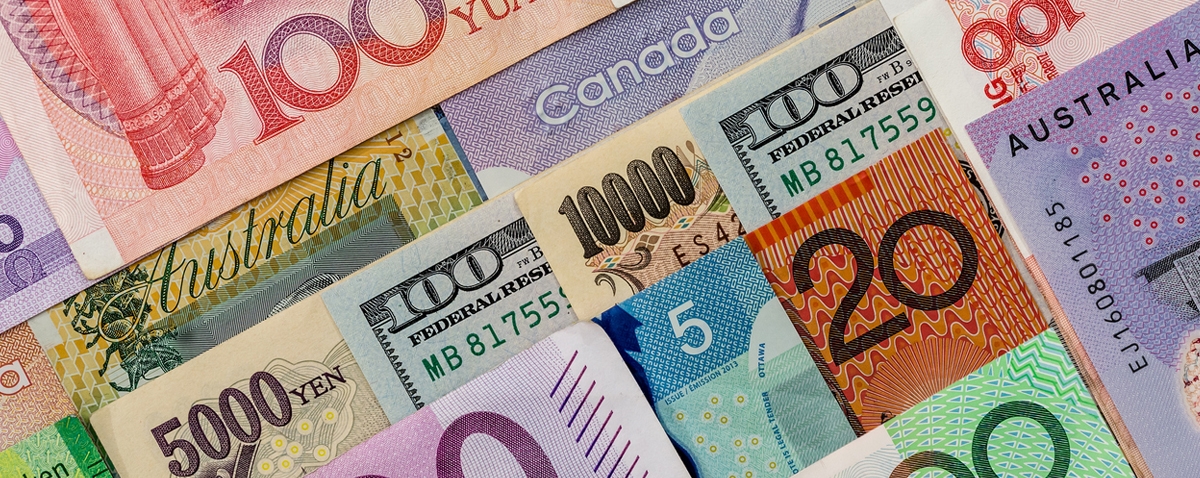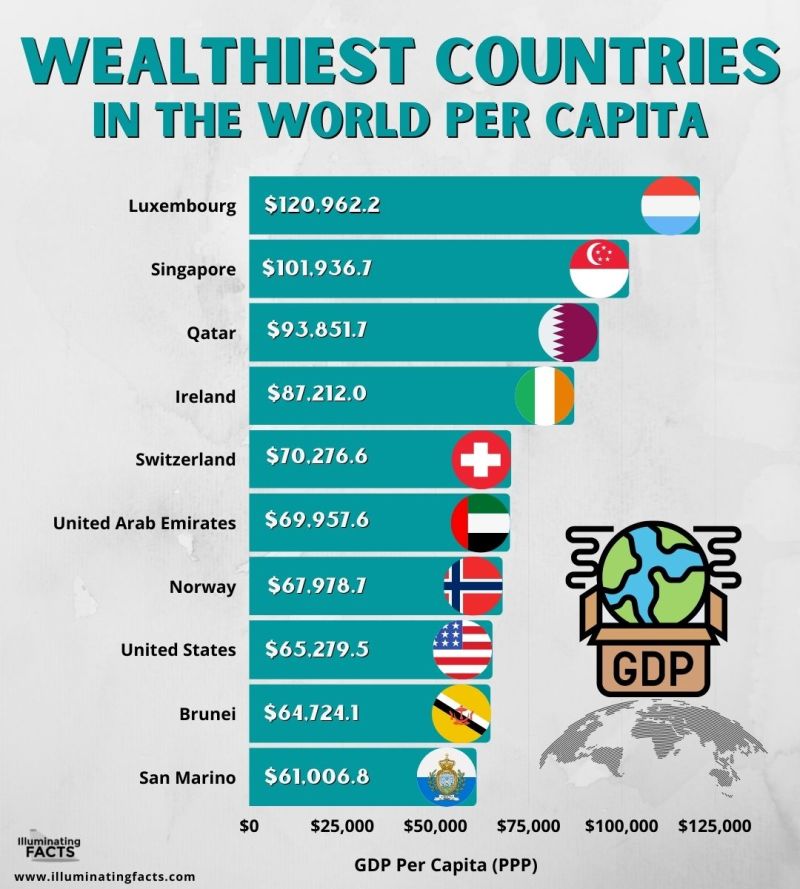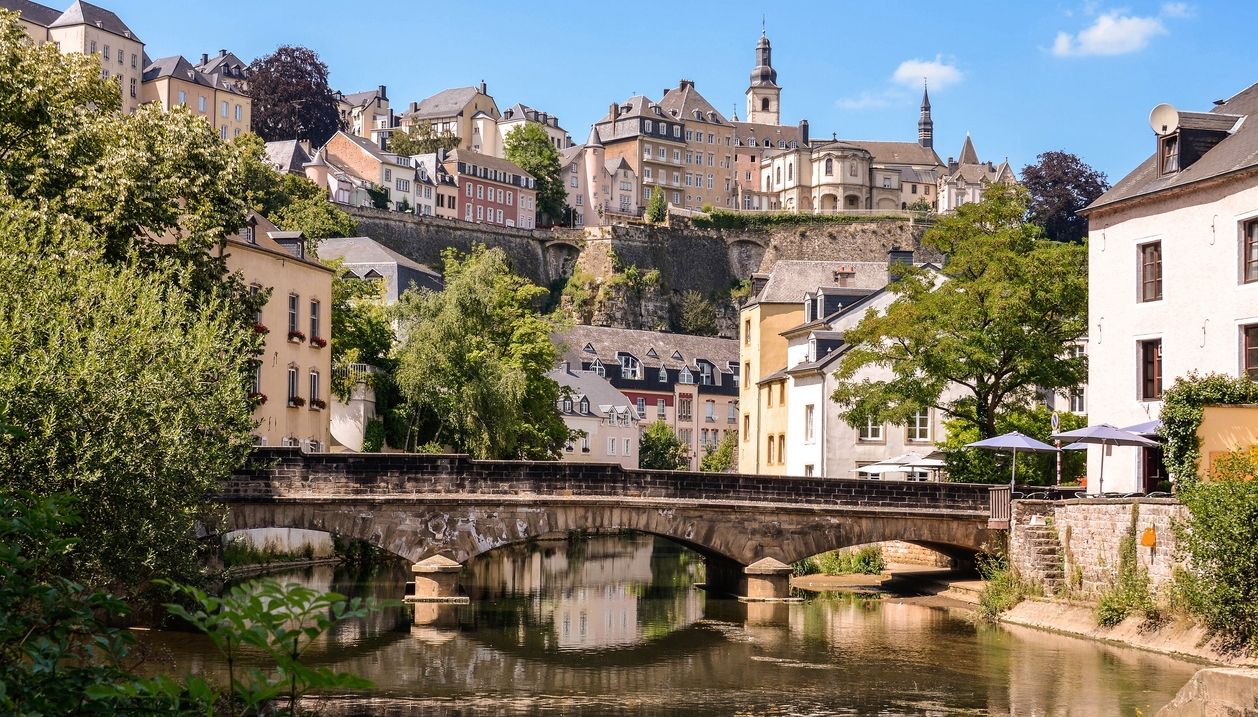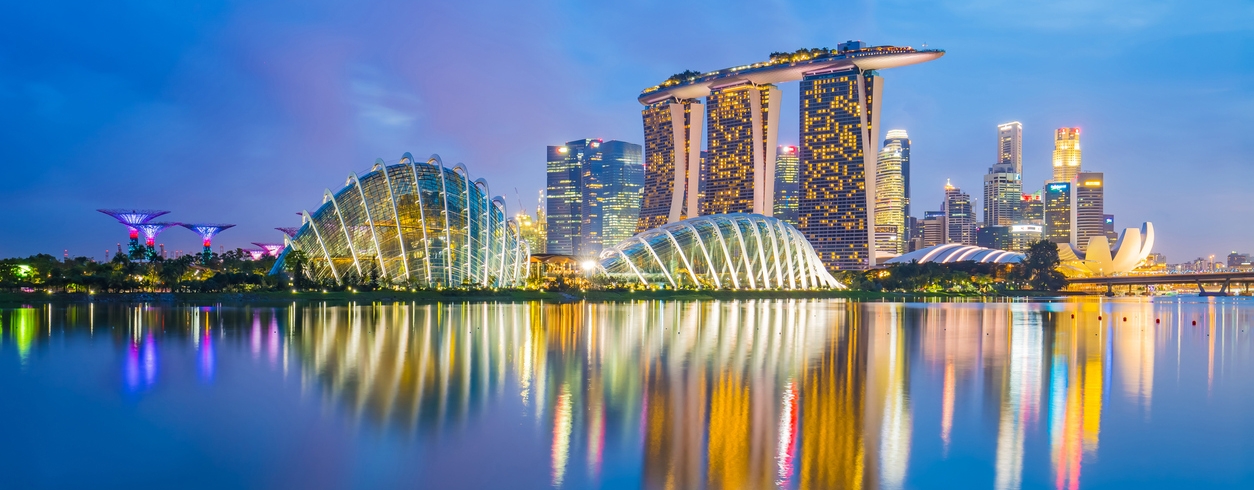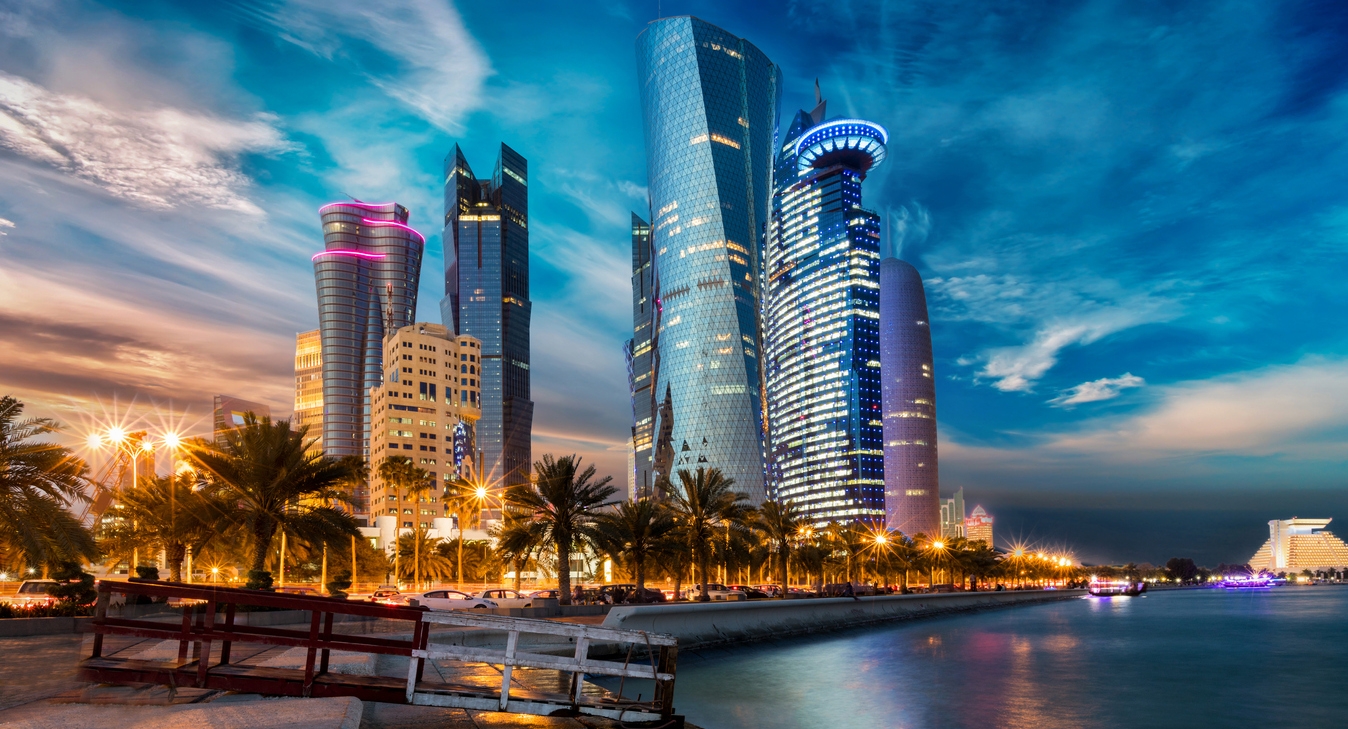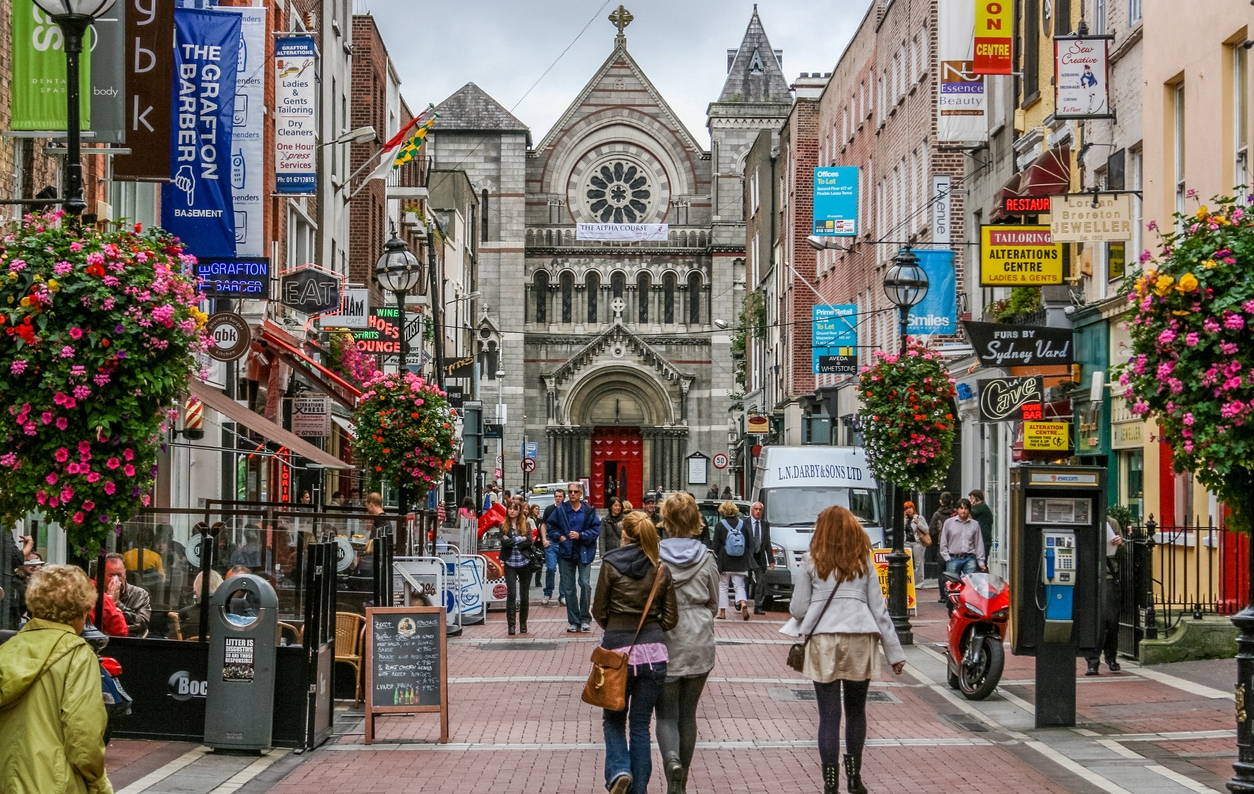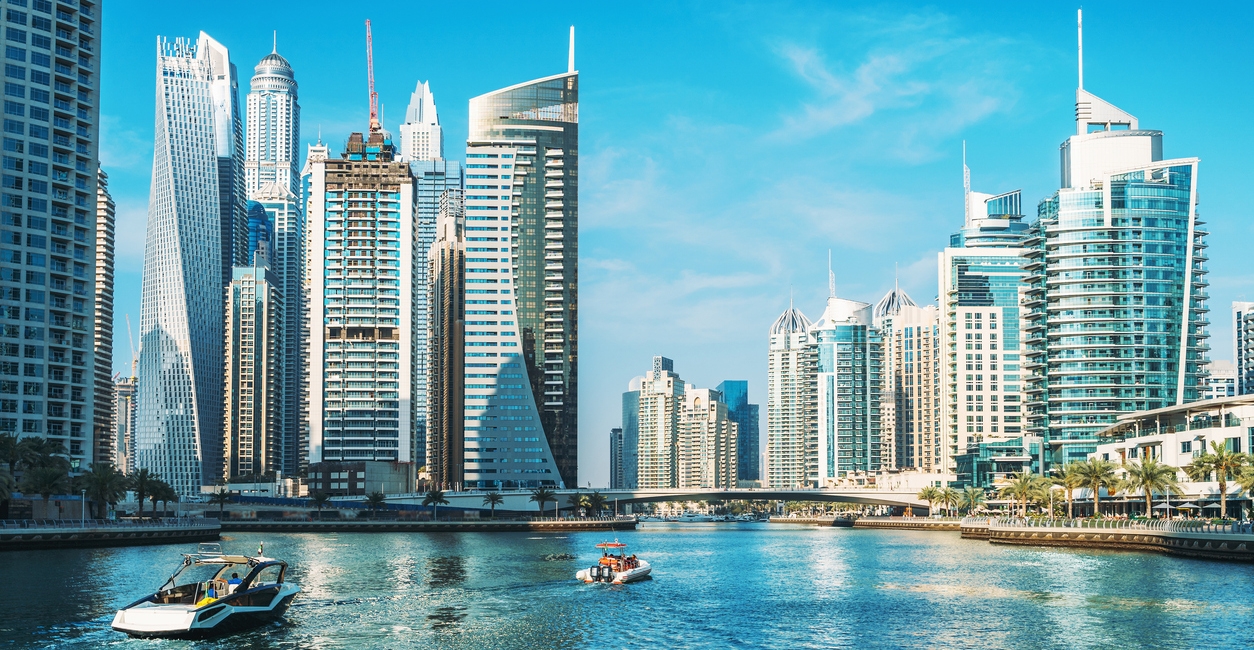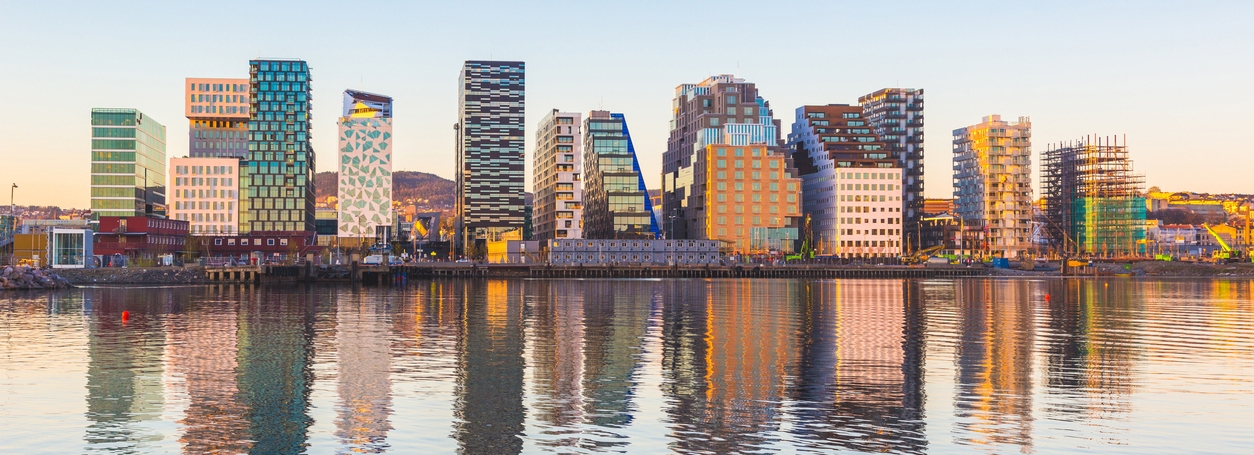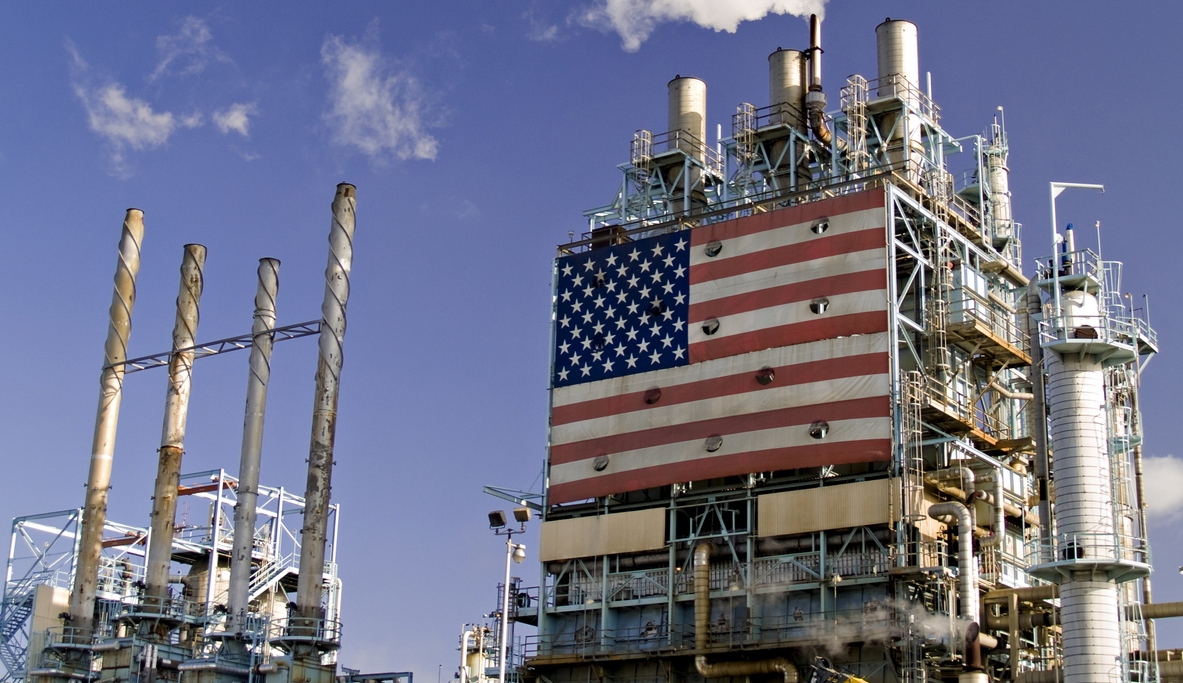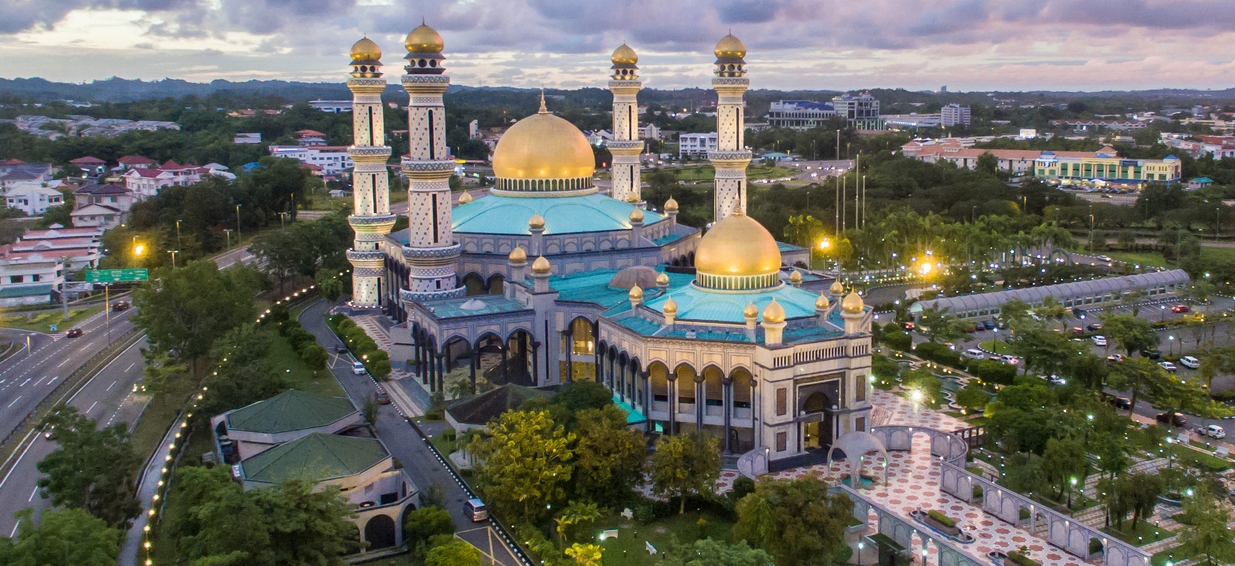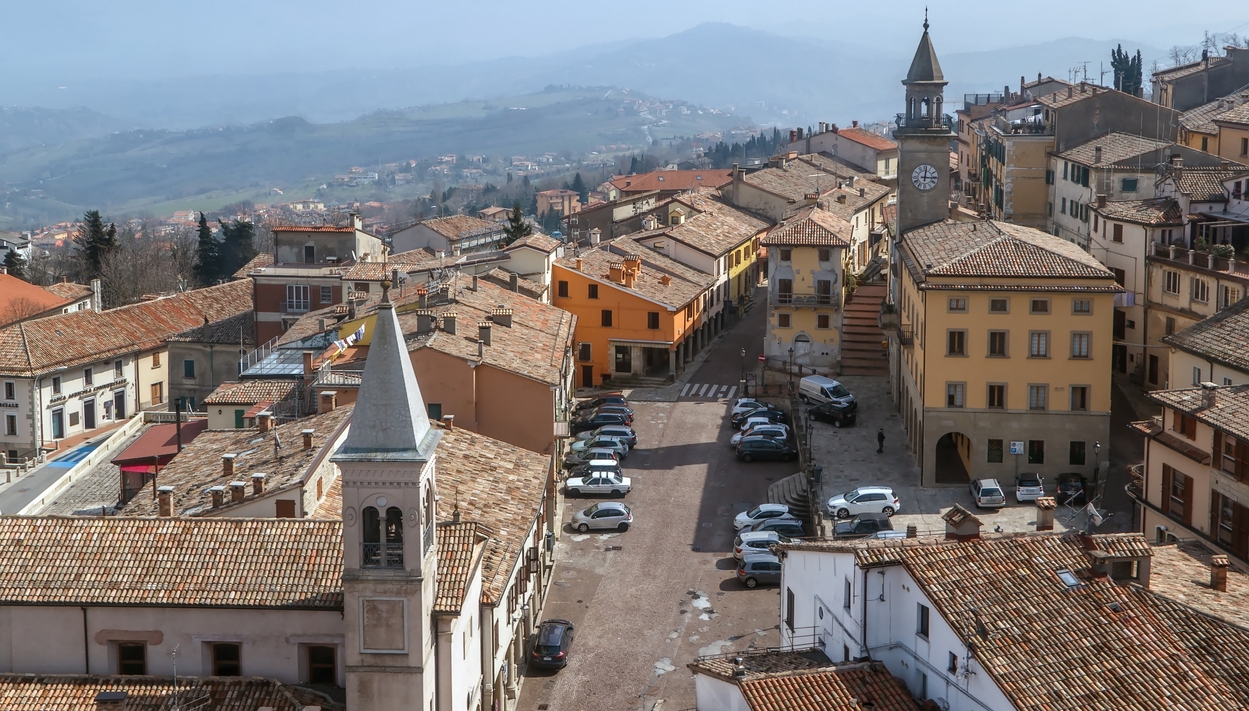The wealth of a country is calculated based on its total Gross Domestic Product (GDP). Since the GDP is directly proportional to a country’s consumption and spending, measuring the consumption expenditure helps calculate the richest countries in the world.
The factors taken into consideration while calculating the wealth of these countries are listed below:
- Income per capita
- Economic growth
- Industrialization and technological advances
- Natural resources
- Size of population
- Infrastructure, including transport and communication networks
Source: World Atlas [1]
1. Luxembourg
Luxembourg is a country that doesn’t have much in the way of natural resources, but due to its favorable tax laws, it has an incredibly strong banking sector. Luxembourg is home to the second-largest investment fund in the world. The country’s per capita gross domestic product (GDP) is approximately $120,000. The largest industry in Luxembourg is steel production and processing, which employs about 12% of the population. The rubber manufacturing industry also provides a large number of jobs throughout Luxembourg.
Today, Luxembourg has a highly educated labor force. The country prospers from a mix of industries, including finance, telecommunications, and steel production. Small to medium-sized companies have expanded in Luxembourg, as have multinational corporations. These companies appreciate the country for its highly skilled labor force, which speaks multiple languages. Luxembourg also has a small but prosperous agricultural sector.
2. Singapore
Singapore is a high-income economy. The country has a GDP per capita of over $100,000, which is the second-highest out of all other countries on this list. This value has held steady for many years now and will likely continue to increase in the future. The growth rate in Singapore’s GDP is also very strong, averaging at over 6.22% every year since 1976. [2]
Singapore also benefits from its location as being a gateway between East and West; it is an established trade hub in Asia. Its economy relies mostly on tourism, financial services, machinery exports, and foreign direct investment, which makes up nearly 25% of its GDP.
Since Singapore’s unemployment rate sits at around 2%, it attracts a large number of expats from around the world looking for work opportunities (unemployment rates within Southeast Asia can be quite high).
According to statistics, Singapore has the second most millionaires per capita, with around 17.1% of millionaires living there. Singapore has achieved a high level of development as a low-tax destination, home of clean air and low crime, and is growing as a hub for finance in Southeast Asia. Also, the government encourages investment through tax incentives and by making Singapore a hassle-free place to do business. [3]
3. Qatar
If you haven’t heard of Qatar, you should know that it’s the fourth wealthiest country in the world. The country has a GDP per capita of $93,531, and oil and gas make up 70% of its economy. [4]
As far as countries go, Qatar is small. It’s located in the Middle East and neighbors Saudi Arabia to the south.
The government has designed an ambitious economic diversification program to reduce the economy’s dependence on energy resources. Qatar’s economy has grown rapidly since the mid-1990s largely as a result of capital investment related to major projects, including preparations for the 2006 Asian Games; construction of new roads, stadiums, hotels, and other infrastructure; development of the North Field natural gas project; and preparations for hosting World Cup 2022.
The government also has established Qatar Petroleum to manage all phases of oil and gas industry development. In recent years, Qatar has invested billions in US Treasury securities and other high-yield investments to fund its large current account surplus, estimated at over 20% of GDP in 2016.
The country is also spending billions on expanding its airport capacity to prepare for an influx of tourists. New attractions include a new Doha zoo with more than 3,000 animals and two major new museums designed by renowned architect Ieoh Ming Pei. [5]
4. Ireland
Ireland is an island nation in Europe that has made a great recovery from the 20th-century financial meltdown. Ireland’s GDP per capita is $87,212, and it is the only English-speaking country in the top 10 after the United States. The quality of life in Ireland is high, and its citizens are happy.
Ireland’s economy diversified significantly after joining the European Union in 1973. Before then, they did not have much manufacturing, but now they have many factories, such as Intel and pharmaceutical companies making them one of the world’s largest exporters of computer software.
The Irish government also has low taxes on corporate profits, attracting foreign investors and jobs to their country. [6]
5. Switzerland
As the wealthiest country in the world, Switzerland put far more into higher education than it took out. In order to attract the world’s best talent and make sure students have access to good healthcare and efficient, modern infrastructure, standardized education is required. New students are welcomed with a comprehensive orientation program that teaches them all about Swiss culture, including things like skiing and some basic French phrases.
Once they graduate from university (or vocational school), new professionals are placed into solid corporate environments where they learn to apply their skills for profit. The idea is that with the knowledge of what’s expected of them and how to do their jobs well, employees will thrive, and businesses will be successful—all while keeping Switzerland at the forefront of innovation.
Switzerland’s economy benefits greatly from its central location in Europe, low corporate tax rates, and highly developed service sector. The country also has a high GDP per capita, which is helped by Switzerland’s low unemployment rate. The Swiss government has been continuously working to improve the country’s economic competitiveness by investing in human capital, research and development, and infrastructure. The Swiss franc is one of the world’s strongest currencies, making it a popular destination for international investors.
6. The United Arab Emirates
The UAE has a diversified economy with a large oil and gas sector. Tourism and financial services also play a big role. The government has taken measures to diversify the economy away from oil and gas towards manufacturing, tourism, and even space travel.
A great deal of the Emirates’ wealth is derived from its oil exports, which account for $42 billion (crude petroleum) in revenue as of 2020 [7]. The UAE has the seventh-largest proven crude oil reserves in the world—estimated at 97.8 billion barrels as of January 1, 2016—and one of the largest natural gas reserves in the Middle East. [8]
In 2020, the GDP per capita of UAE was $38,661.18, which boosted to $43,537 in just a year (2021).
7. Norway
Norway is ranked as the 7th wealthiest country in the world and has a GDP per capita of $67,978. It has a population of 5.46 million and a Gross Domestic Product (GDP) of $458 billion. [9]
The Norwegian economy is based on a prosperous capitalist model that draws upon the state’s resources and social programs to protect the country’s citizens. Norway chose not to join the EU but still contributes to the EU budget to maintain its relationship with other European countries.
The country has abundant oil, water, forests, and mineral resources, which make it dependent on these resources for its economy. In addition, Norway also has one of the most comprehensive welfare models in the world, with free education and free access to healthcare services. [10]
8. United States
The United States remains the world’s largest economy by a wide margin. According to World Bank, the US GDP was estimated at $23.00 trillion in 2021, up from $20.94 trillion in 2020. [11]
The United States has a larger economy than most other countries in the world and a relatively stable political system, making it an ideal location for foreign direct investment (FDI). This is why companies invest directly into new facilities to produce goods or services within a country’s borders, versus exporting goods from their home country to another nation to sell there.
The average American has a standard of living far higher than that of the average European or Japanese citizen and enjoys a range of opportunities much broader than what’s available to residents of most other major nations.
9. Brunei
Brunei is a tiny oil-rich state located on the island of Borneo in Southeast Asia. The country has a population of just over 445,000 and an annual GDP of $12.02 billion as of 2020 [12] [13]. A majority of Brunei’s wealth is derived from crude oil and natural gas production, accounting for nearly 60 percent of its GDP. Oil accounts for 90 percent of Brunei’s exports, and the country has little industry or agriculture. While it does have some manufacturing, it is largely limited to low-skilled, labor-intensive industries like beverages and wood products. [14]
The government provides free education, subsidized food, and subsidized housing for all citizens and has no sales tax or income tax, contributing to the high standard of living. In addition to the sultan’s personal wealth, Brunei also has substantial foreign assets managed by the Brunei Investment Agency that are used to bolster the economy during periods when energy prices are low. [15] [16]
10. San Marino
If you’re asking yourself, “Where is San Marino?” don’t feel bad—it’s so small that most people have no idea where it is.
Let’s start with some geography basics: San Marino is the world’s oldest republic and smallest country (only 61 square kilometers!), but it isn’t alone in these distinctions. Vatican City, Nauru, and Tuvalu are microstates, and Liechtenstein has been an independent principality since 1719—but none of those places are nearly as wealthy as San Marino.
The country’s wealth is fueled by its financial sector, low tax rates, tourism, and foreign investment. San Marino has the highest GDP per capita of any nation globally. The country has no income tax and no sales tax, which has helped stimulate growth in the financial sector. In addition, San Marino’s proximity to Italy makes it a popular tourist destination that draws millions of visitors annually.
The tiny nation of just over 34,000 people has a GDP per capita of $61,000. [17]
Conclusion
You can see that the wealthiest countries in the world vary by metric. Some are wealthy in natural resources, while others have an educated and highly productive workforce. Others have high per capita income, have mastered infrastructure, or have all these factors in creating a prosperous society.
Wealth creates opportunities for investments and education. It allows individuals to participate more fully in society through higher rates of employment and political participation, which improves the quality of life, including greater access to healthcare, increased life expectancy, and security from social unrest and crime. All this equates to a happier population who contributes positively to their community as a whole.
References
- https://www.worldatlas.com/articles/the-richest-countries-in-the-world.htmlv
- https://tradingeconomics.com/singapore/gdp-growth-annual
- https://nomadcapitalist.com/finance/top-5-countries-by-millionaires-per-capita/
- https://docsonline.wto.org/dol2fe/Pages/SS/directdoc.aspx?filename=Q:/WT/TPR/S144-1.pdf
- https://www.dohanews.co/ashghal-3000-animals-to-be-part-of-new-doha-zoo
- https://www.bbc.com/news/world-europe-58832429
- https://oec.world/en/profile/bilateral-product/crude-petroleum/reporter/are
- https://www.worldometers.info/oil/oil-reserves-by-country/
- https://www.statista.com/statistics/327319/gross-domestic-product-gdp-in-norway/
- https://www.weforum.org/agenda/2021/02/social-spending-highest-lowest-country-comparison-oecd-france-economics-politics-welfare/
- https://data.worldbank.org/indicator/NY.GDP.MKTP.CD?locations=US
- https://data.worldbank.org/indicator/NY.GDP.MKTP.CD?locations=BN
- https://worldpopulationreview.com/countries/brunei-population
- https://www.britannica.com/place/Brunei/Economy
- https://www.rd.go.th/fileadmin/user_upload/AEC/AseanTax-Brunei.pdf
- https://borgenproject.org/free-education-in-brunei/
- https://www.macrotrends.net/countries/SMR/san-marino/population-growth-rate

